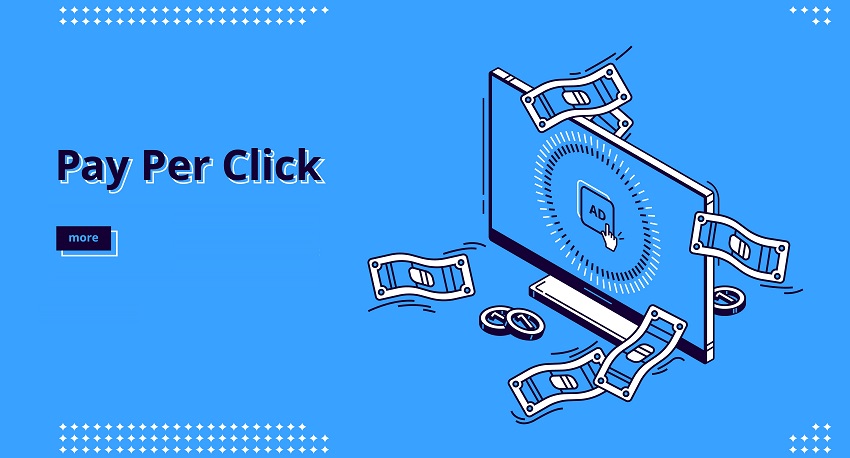As an eCommerce brand, one’s success is directly proportional to sales. PPC advertising and management, if implemented strategically, can drive more sales, boost traffic, improve conversion rates, and help manage marketing budgets.
In 2020, PPC got rated as one of the top three best channels for high-volume leads. Brands spent $110 billion on search advertising alone. Now that the impact of the pandemic has progressed eCommerce by five years, competitiveness is persuasive among eCommerce PPC campaigns. Left behind are marketers searching for feasible and functional strategies for 2023.
That being the case, it’s crucial to practice eCommerce PPC (pay-per-click) strategies that align with your business goals.
Below are seven practices that will be best for your eCommerce PPC.

1. Keyword Relevance vs Keyword Volume
Keywords are the building blocks of PPC campaigns. Expertise in keyword research is crucial to discover keywords linked to your industry and the services provided. It will not only help you increase traffic but also attracts users. Keyword relevance helps you determine how other browsers will rank your content based on your keywords and phrases.
2. Enhancing the Product Pages
The ultimate goal of PPC advertising for E-Commerce brands is to drive more leads to your online store. Nevertheless, if your product pages are not optimized, your lead will get off your site and ignore your advertisements hereafter.
Optimizing your pages incorporates putting in precise, applicable information, using visuals and videos to help market your services, and making the path to pay as easy as possible for customers.
3. Running Dynamic Targeting Campaigns
Dynamic targeting campaigns let you run various drives on an identical website. Dynamic advertisements will automatically classify your E-Commerce products and services. Data obtained can be used to gain information about the users to retarget leads who got off from your website.
Dynamic ads are preferred because of their customization according to the viewer’s needs.
4. Enable Conversion Tracking
Conversion tracking informs you about what happens after a buyer interacts with your advertisements, and whether or not they purchased a product, subscribed to your newsletter, contacted your firm, or downloaded your application. Facilitating conversion tracking can allow you to understand which keywords and ad groups are good at driving user traffic. It lets you see how many buyers might be interacting with your ads and converting them into sales.
5. Staying Active
You need to be consistent and motivated in your discipline to thrive in the marketing game. Your form, keywords, product pages, and settings should be monitored and optimized. Spend time on the back end of your campaigns, investigating outcomes and optimizing different elements of your ads. Always keep an eye on your competitors and watch out for any updates on the ad service you choose.
6. Thinking in Funnels
A proper strategy would be to run PPC ads to top-of-funnel searchers looking for fundamental information on a 3D printer and lead them to a custom dock page. There is less disagreement with engagement in this case, and the user is much more prone to move into their email when they get a free resource instead of simply bouncing off the page because you were too forceful in your dealing.
It is very crucial to consider funnels during your PPC campaign planning. Marketing funnel is crucial as it helps to outline the very path your buyer took from watching the ad to purchasing it.
7. Build Trust By Offering a Generous Policy
Make sure that the customer clicks by giving them a guarantee. Lower the barrier to entry and make it almost silly for them to click on it. That could be a very generous return policy or money-back guarantee. It will help you build a long-term relationship with your buyers and keep them hooked and looking for more promising deals in the future.
Write catchy headlines that are not spam or misleading. When written appropriately, click grab the user’s attention and boost the count of clicks. The goal is to catch the user’s eyes and leave them wondering to the point where they can’t help but click to learn more.
E-commerce PPC can take numerous shapes, from Google shopping ads to Facebook news Feed Ads. Any platforms you leverage, your PPC paid ads can help navigate quality leads to your website in an efficiently trackable method. If you have not executed an endurable eCommerce PPC strategy yet, now is the time.
ACSIUS crafts the best potential promising PPC campaigns. Our skilled unit of digital marketers will function with your brand to put together a campaign that will tick off all targets. Our experts help clients in setting up campaigns, managing budgets and applying their knowledge of networks and competitor research.
Do not hold off on putting your eCommerce PPC campaign into motion.






